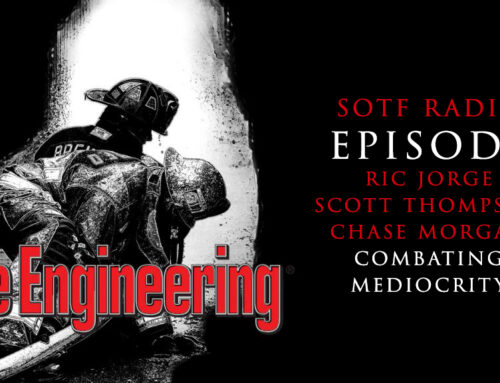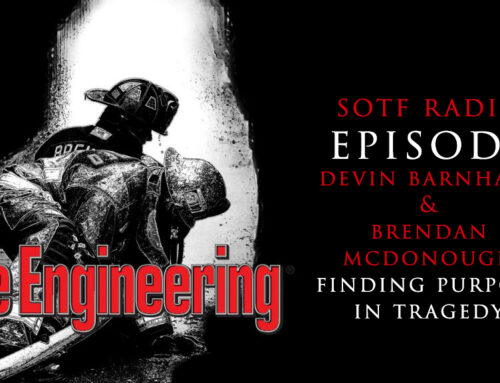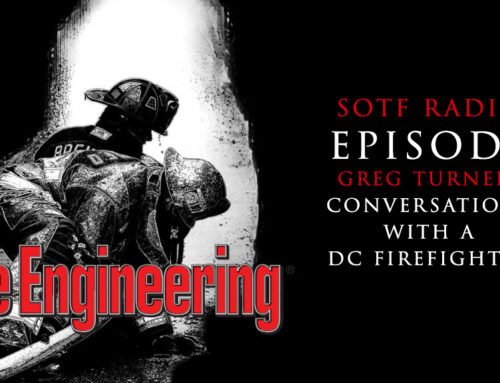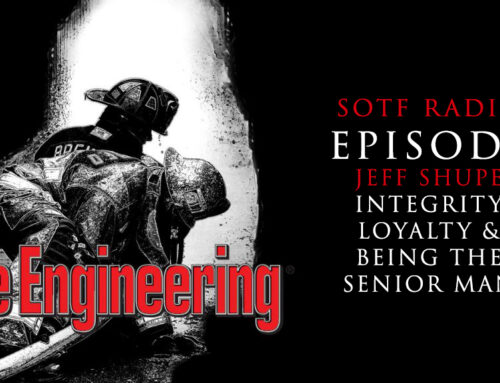Thermo-mechanical-combination-injuries (TMCI) are feared for their demanding preclinical and clinical management and bear the risk of high mortality compared to the single injury of a severe burn or multiple traumata. There remains a significant lack of standardized algorithms for diagnostics, and therapy of this rare entity. The aim of the present study was to profile TMCI aiming at standardized procedures.In this study, TMCI were extracted from our burn database of a level 1 burn and trauma centre. From 2004 to 2017, all patients with TMCI were retrospectively analyzed. Further inclusion criteria were multiple trauma accompanied by burn with ≥10% TBSA. Patient and injury characteristics including ISS and outcome parameter were analyzed.A total of 45 patients matched the selective inclusion criteria of TMCI comprising of 4% of all burn injuries during the period. Average age was 38 years (range: 14-86), with a mean TBSA of 43% (range: 10-97%). The mean recorded temperature at admission was 34.8°C (range: 29.6 – 37.1) with 2215 ml volume (range: 500 – 8000) administered preclinically in total. The mean ISS was 16. The overall mortality rate was 22%.TMCI are rare and life-threatening events which require highly qualified management in combined level 1 trauma and burn centres to adress both burn and trauma treatment. The multiple injury pattern is diverse, complicating standardized management in view of burn care specific measures, as normothermia and restrictive volume management. The present study reveals further profiles and underlines the need for addressing TMCI in ABLS®; ATLS® and PHTLS® programs.




